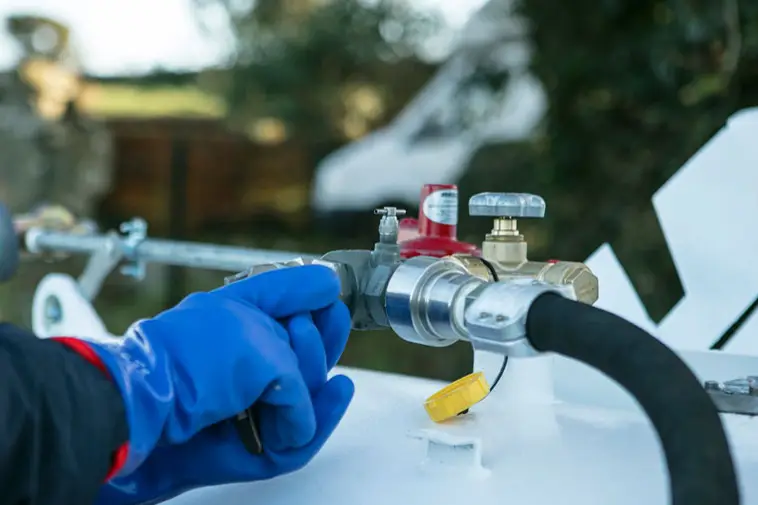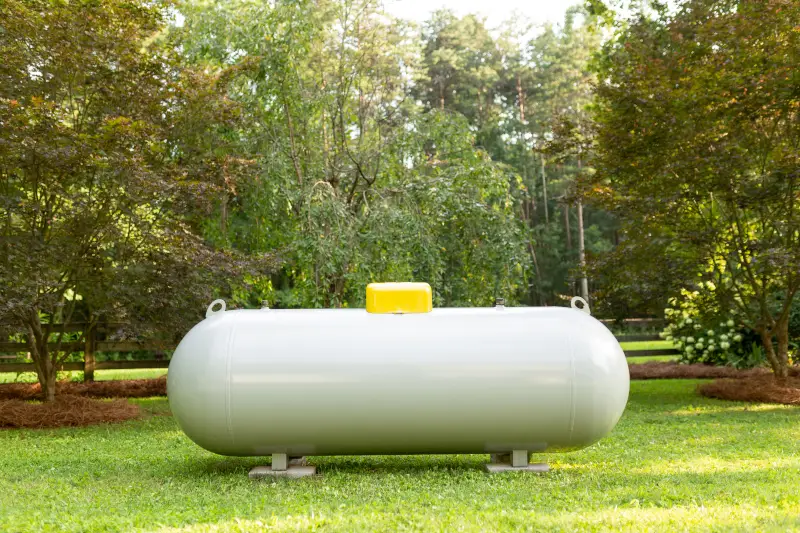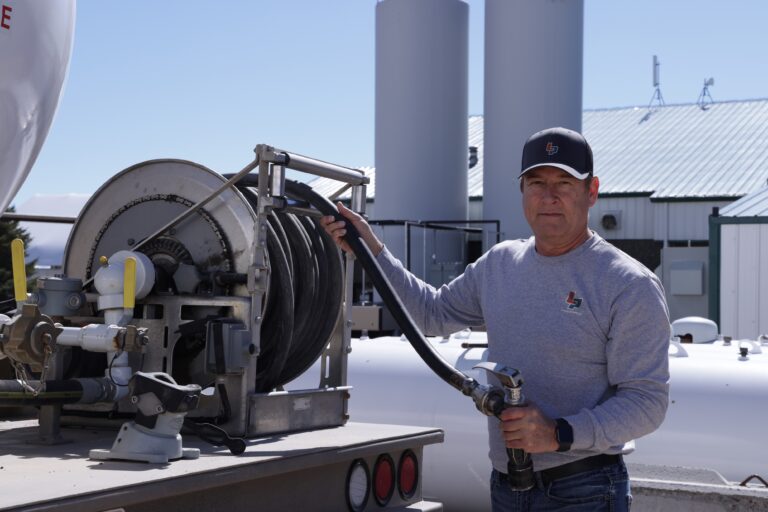
Top Propane Safety Practices: Leak Detectors, Ventilation & More
Top Propane Safety Practices: Leak Detectors, Ventilation & More Propane is a widely used fuel that permeates residential homes, commercial businesses, and industries. Its effectiveness and versatility make it the ideal fuel to use for heating, cooking, and powering equipment.

